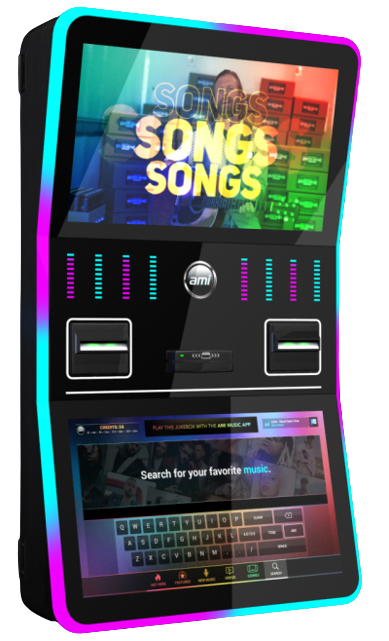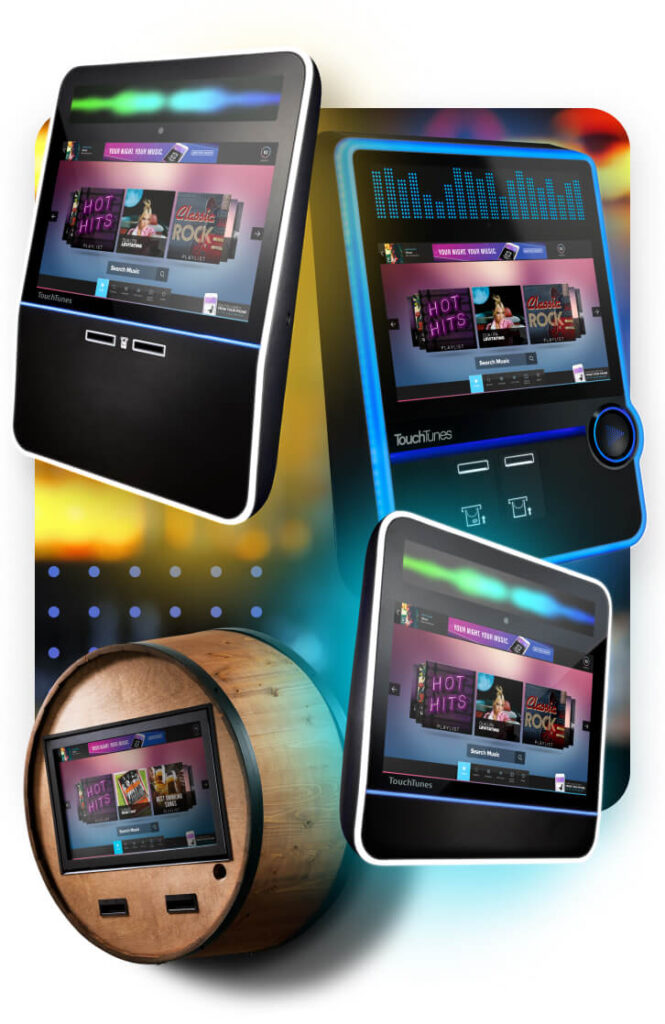In the dynamic landscape of commercial music playback, venue owners face the crucial decision of whether to utilize digital downloading jukebox apps or opt for paid Spotify subscriptions. Let’s explore the financial implications of each choice.
Earning Potential with Digital Downloading Jukebox Apps:
Revenue Sharing: Digital downloading jukebox apps often operate on a revenue-sharing model, wherein the venue owner receives a portion of the income generated from song selections. This additional stream of revenue can contribute significantly to the establishment’s bottom line, especially in high-traffic locations.
Incentivized Promotion: Jukebox operators may offer incentives to venue owners for promoting their platform. This can include marketing materials, promotional events, or preferential revenue splits. Such incentives incentivize venue owners to actively promote the jukebox, driving usage and revenue.
Increased Patron Engagement: By allowing patrons to select songs and create playlists, digital downloading jukebox apps enhance customer engagement and satisfaction. This increased interaction can lead to longer stays, higher spending, and ultimately, greater revenue for the venue.
Investing in Spotify for Commercial Environments:
Fixed Subscription Costs: Spotify offers commercial subscription plans with fixed monthly costs, providing predictability in budgeting. This eliminates the uncertainty associated with revenue-sharing models and ensures a consistent expense for accessing a vast music library.
Enhanced Atmosphere: A well-curated Spotify playlist can significantly enhance the ambiance of a commercial space, attracting and retaining customers. The ability to create dynamic playlists tailored to the venue’s vibe can contribute to a memorable and enjoyable experience for patrons.
Cost-Efficiency: While jukebox apps require revenue-sharing agreements, Spotify subscriptions offer a straightforward cost-effective solution. For venues with limited resources or those prioritizing budget control, paying for Spotify can be a more financially prudent option.
Choosing the Right Strategy:
When it comes to earning money with digital music playback in commercial environments, there is no one-size-fits-all solution. The decision between digital downloading jukebox apps and Spotify depends on factors such as revenue goals, budget constraints, and the desired customer experience.
For venues seeking additional revenue streams, increased patron engagement, and a hands-on approach to music selection, digital downloading jukebox apps offer a compelling option. However, for establishments prioritizing cost-efficiency, predictability in expenses, and the convenience of a vast music library, paying for Spotify may be the way to go.
Ultimately, whether it’s through revenue-sharing agreements with jukebox apps or fixed subscription costs with Spotify, the goal remains the same: leveraging music to create memorable experiences and drive financial success in commercial environments.
lol for entertainment only
chatgpt3.5 via allbumper.com











